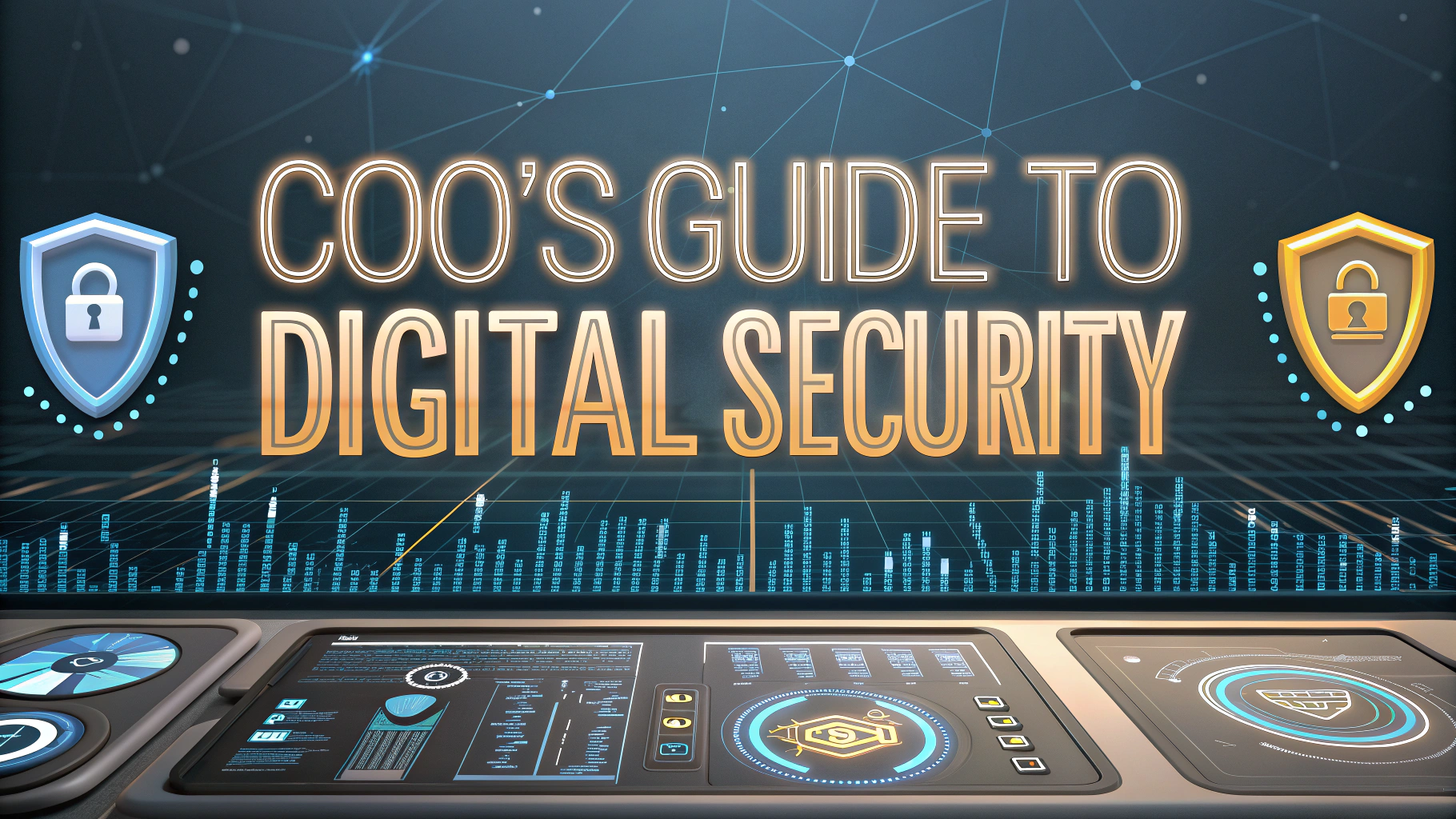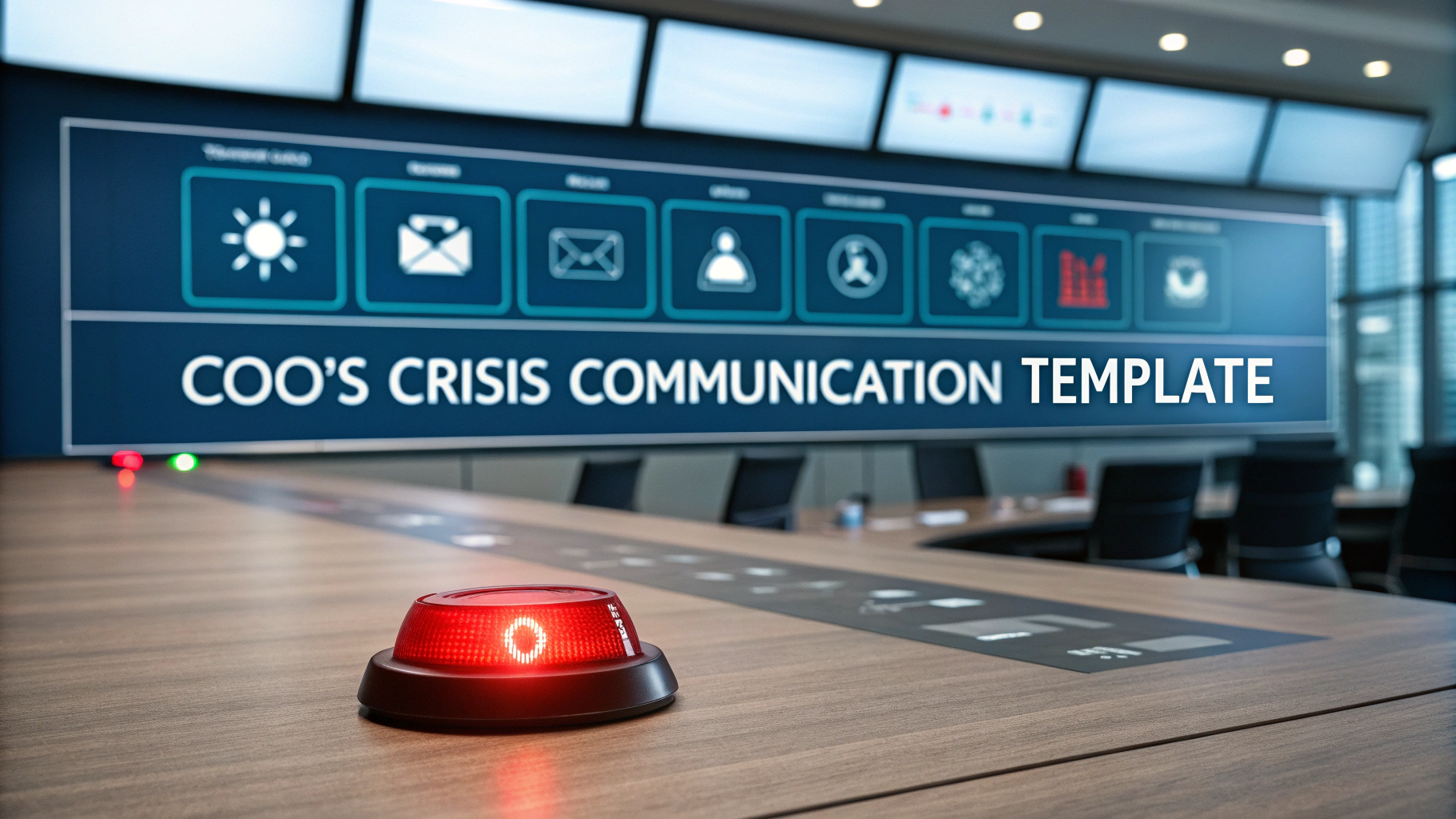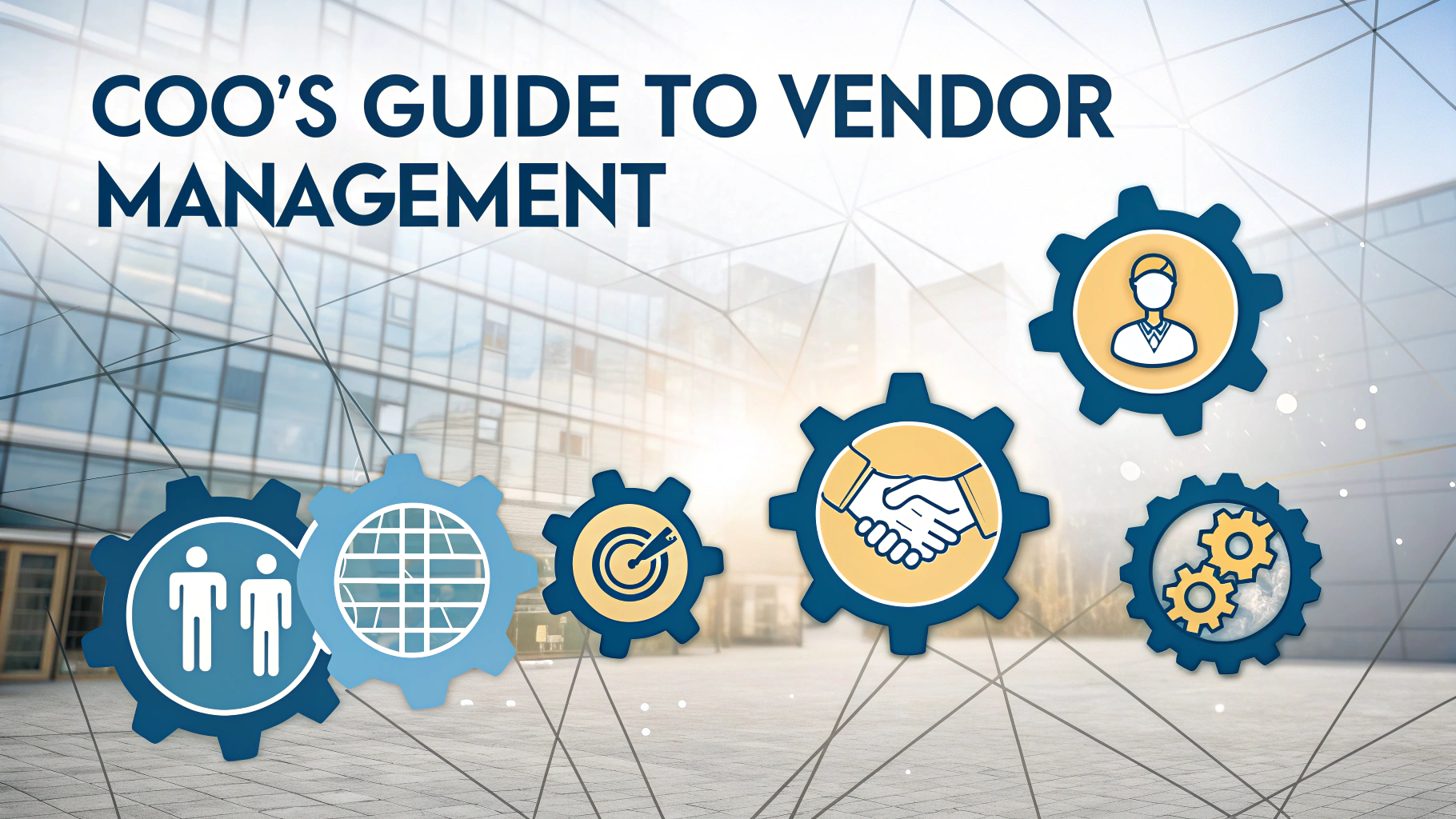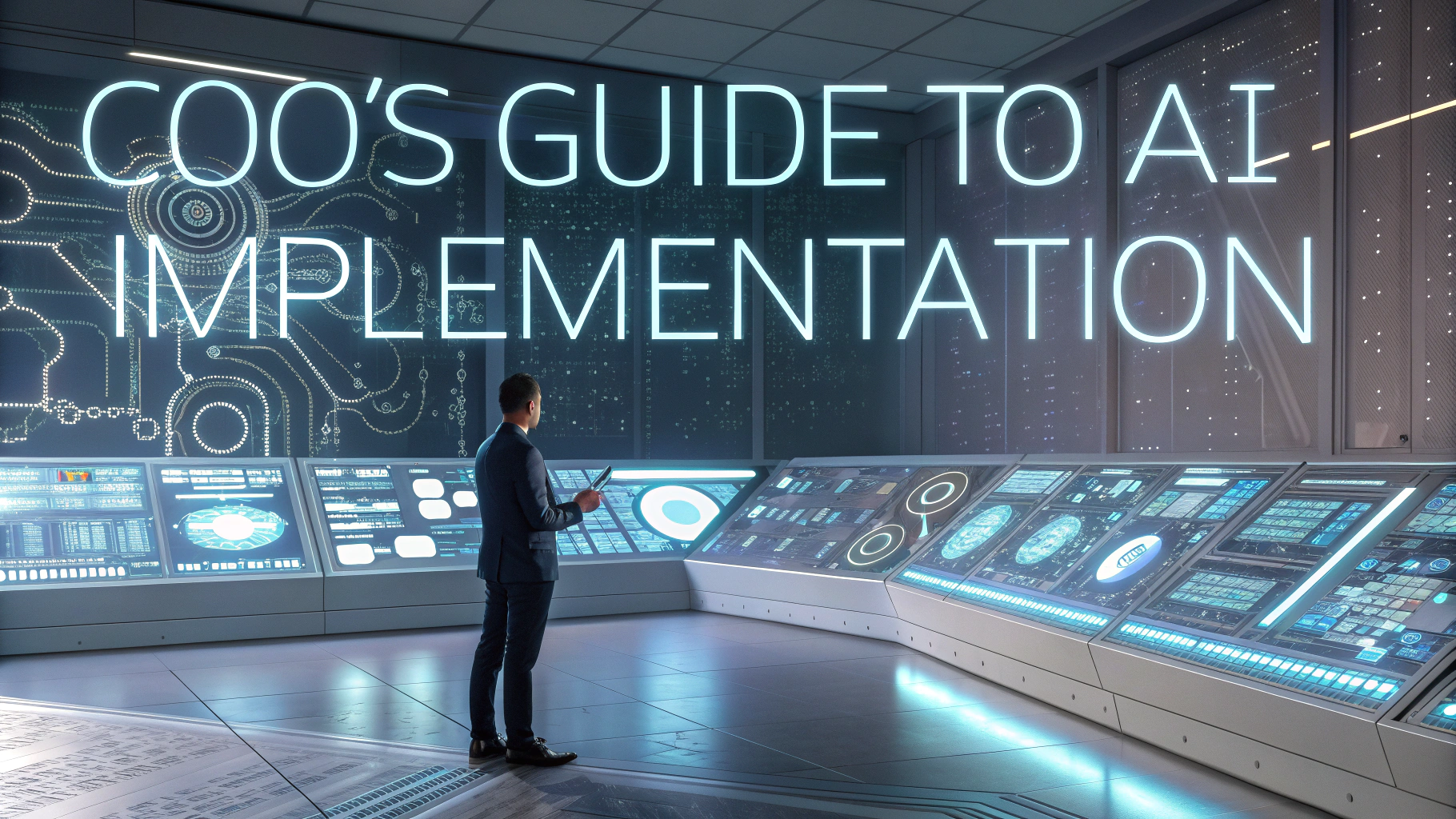A successful CEO-COO partnership forms the backbone of efficient business operations and strategic growth.
While CEOs focus on vision and external relationships, COOs ensure smooth day-to-day operations and implementation of key initiatives.
This guide explores how to build and maintain an effective CEO-COO relationship that drives organizational success.
Defining Clear Roles and Responsibilities
- CEO responsibilities typically include:
- Setting company vision and strategy
- External stakeholder management
- Board relations
- Major strategic decisions
- COO responsibilities typically include:
- Daily operations management
- Strategy implementation
- Team leadership
- Process optimization
Communication Best Practices
Schedule regular one-on-one meetings to maintain alignment and discuss strategic priorities.
Create clear communication channels for urgent matters and decision-making processes.
Establish shared metrics and KPIs to measure success and track progress.
Building Trust and Mutual Support
- Present a united front to the organization
- Support each other’s decisions publicly
- Address disagreements privately and constructively
- Share credit for successes
- Maintain transparency about challenges and concerns
Decision-Making Framework
| Decision Type | Primary Decision Maker | Secondary Input |
|---|---|---|
| Strategic Direction | CEO | COO provides operational insight |
| Operational Execution | COO | CEO provides strategic context |
| Resource Allocation | Joint | Both align on priorities |
Complementary Skill Sets
Identify and leverage complementary strengths between CEO and COO roles.
Fill knowledge gaps through continuous learning and development.
Create systems to maximize each leader’s unique capabilities.
Managing Conflict Effectively
- Set ground rules for disagreements
- Focus on data and facts rather than emotions
- Establish a conflict resolution process
- Seek external mediation when needed
Keys to Long-term Success
Regular partnership reviews help maintain alignment and address emerging challenges.
Invest in professional development opportunities for both leaders.
Build strong relationships with board members and key stakeholders.
Document successful practices and learnings for future leadership transitions.
Taking Action
Schedule a CEO-COO alignment session to review and optimize your partnership.
Create a shared document outlining roles, responsibilities, and decision-making frameworks.
Set up regular check-ins to maintain communication and address challenges proactively.
For professional guidance on CEO-COO partnerships, contact the National Association of Corporate Directors (NACD) at www.nacdonline.org or (571) 367-3700.
Measuring Partnership Success
- Key metrics to track:
- Strategic goal achievement rate
- Employee satisfaction scores
- Operational efficiency metrics
- Revenue and growth targets
Common Partnership Challenges
Identify and address typical obstacles that can impact CEO-COO relationships:
- Overlapping responsibilities
- Communication breakdowns
- Misaligned priorities
- Cultural differences
- Power struggles
Creating Sustainable Leadership
Develop succession planning strategies for both roles to ensure continuity.
Document best practices and lessons learned from the partnership.
Key Documentation Areas:
- Decision-making processes
- Communication protocols
- Role definitions
- Success metrics
Strengthening Organizational Impact
Strong CEO-COO partnerships create lasting positive effects throughout the organization:
- Enhanced strategic execution
- Improved team alignment
- Better resource allocation
- Increased organizational agility
- Stronger company culture
Forging the Path Forward
A well-structured CEO-COO partnership serves as a cornerstone for organizational excellence.
Regular evaluation and adjustment of the partnership ensure continued effectiveness and growth.
Invest time in building and maintaining this crucial relationship to drive sustainable business success.
Remember that each partnership is unique and should be tailored to organizational needs and leadership styles.
FAQs
- What is the primary role of a COO in relation to the CEO?
The COO typically serves as the CEO’s second-in-command, focusing on operational execution while the CEO handles strategic vision, external relationships, and overall company direction. - How should responsibilities be divided between CEO and COO?
Responsibilities should be clearly delineated with the CEO focusing on company vision, strategy, and external stakeholders, while the COO manages internal operations, implementation, and day-to-day business functions. - What are the key elements of a successful CEO-COO relationship?
Trust, transparent communication, complementary skill sets, aligned values, clear role definition, and mutual respect are essential for a strong CEO-COO partnership. - How often should CEOs and COOs meet to maintain alignment?
Regular structured meetings should occur at least weekly, with daily informal check-ins to ensure operational alignment and address emerging issues promptly. - What are common reasons for CEO-COO partnership failures?
Common failures include unclear role boundaries, poor communication, misaligned expectations, competing leadership styles, and lack of trust or mutual respect. - How can COOs effectively complement their CEO’s leadership style?
COOs should identify and fill gaps in the CEO’s skill set, adapt their communication style to match the CEO’s preferences, and maintain a balanced perspective between operations and strategy. - What metrics should be used to evaluate CEO-COO partnership success?
Key metrics include operational efficiency improvements, employee satisfaction scores, successful project implementation rates, financial performance, and achievement of strategic objectives. - How can CEOs and COOs maintain healthy boundaries while working closely together?
Establish clear decision-making authority, respect each other’s domains, maintain professional relationships, and create formal communication channels and protocols. - What role should the board play in supporting the CEO-COO relationship?
The board should provide clear governance structure, regular feedback, performance evaluation frameworks, and support for both executives while ensuring accountability. - How should succession planning be handled in a CEO-COO partnership?
Develop clear succession plans, identify development opportunities for both executives, and maintain open dialogue about career aspirations and transition timing.







